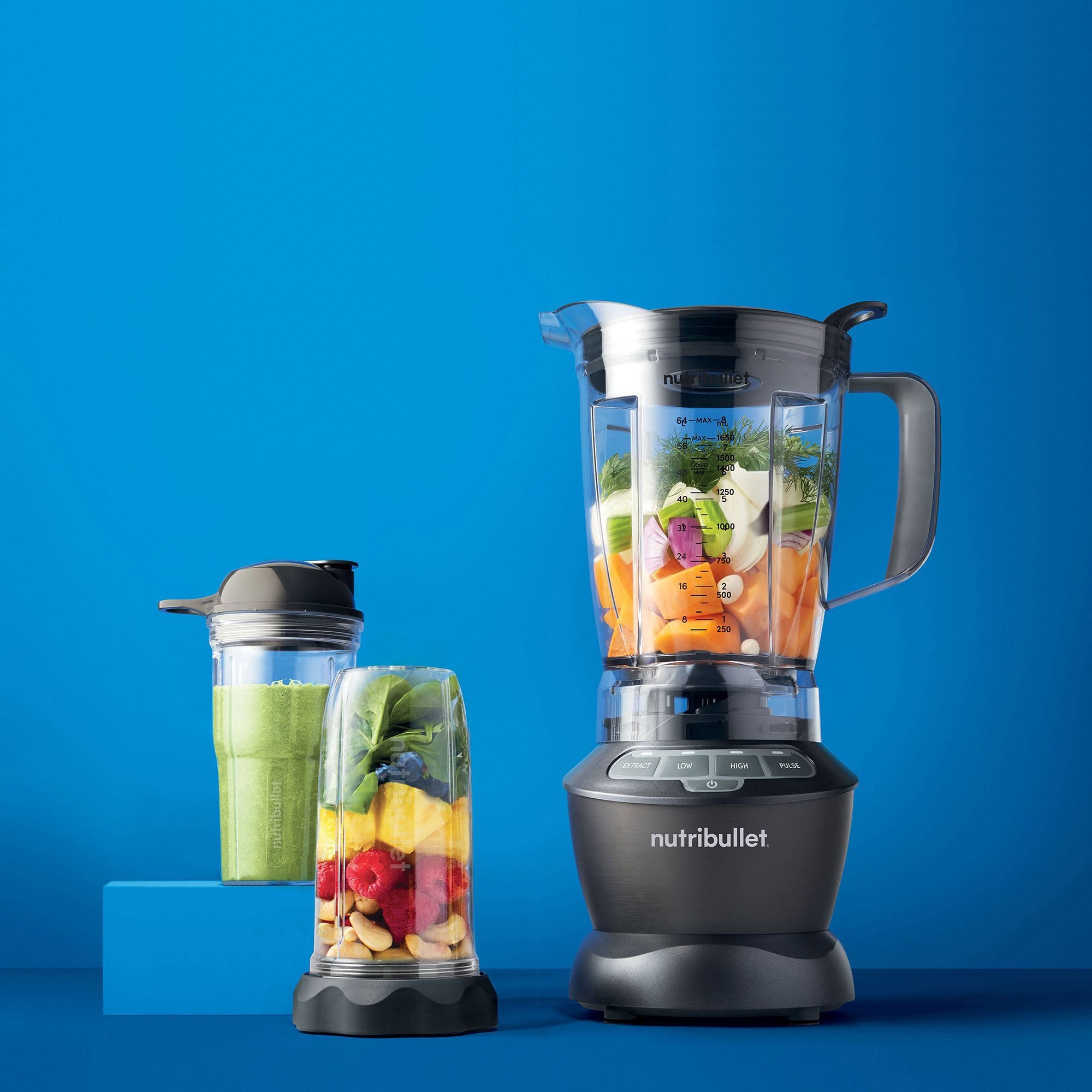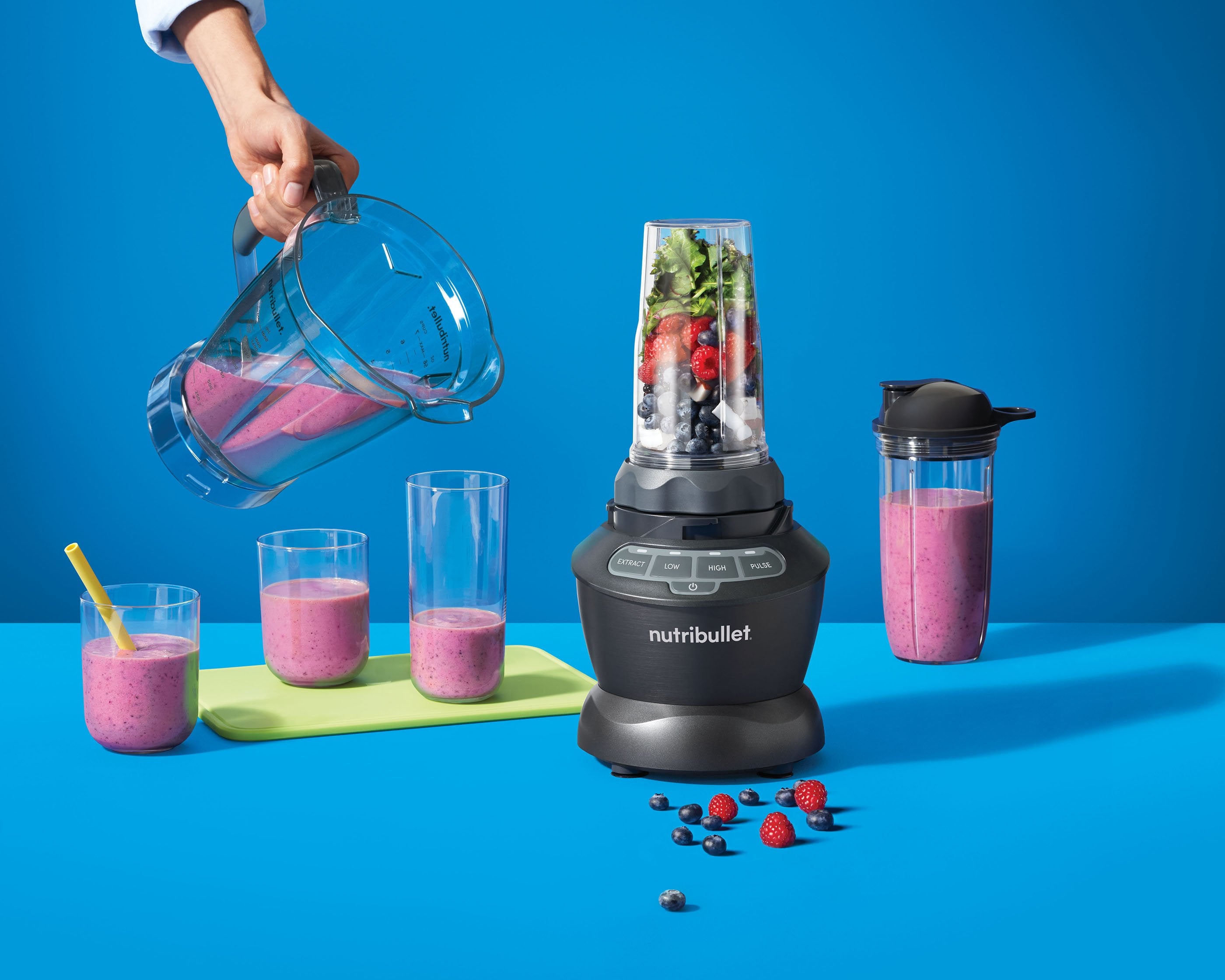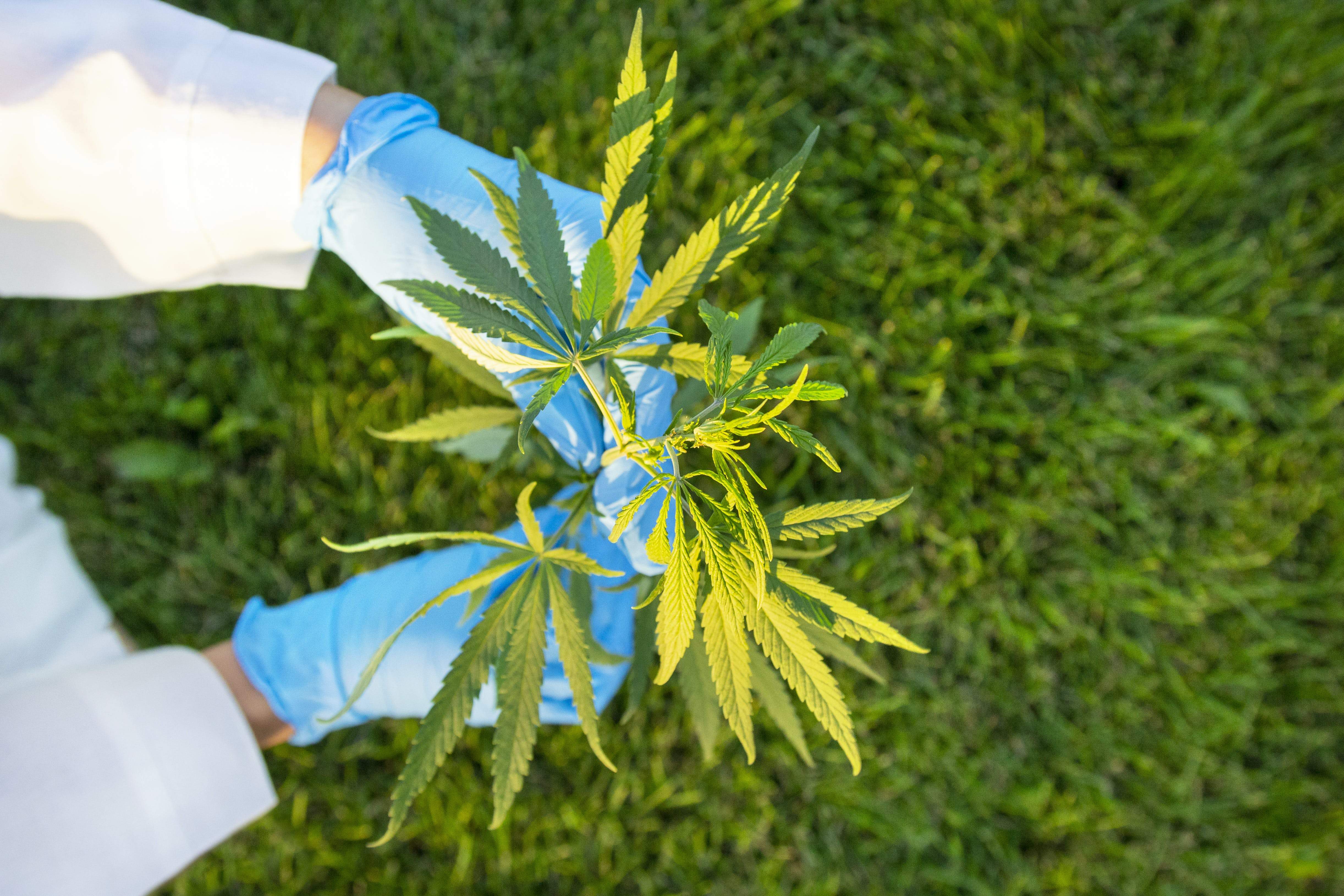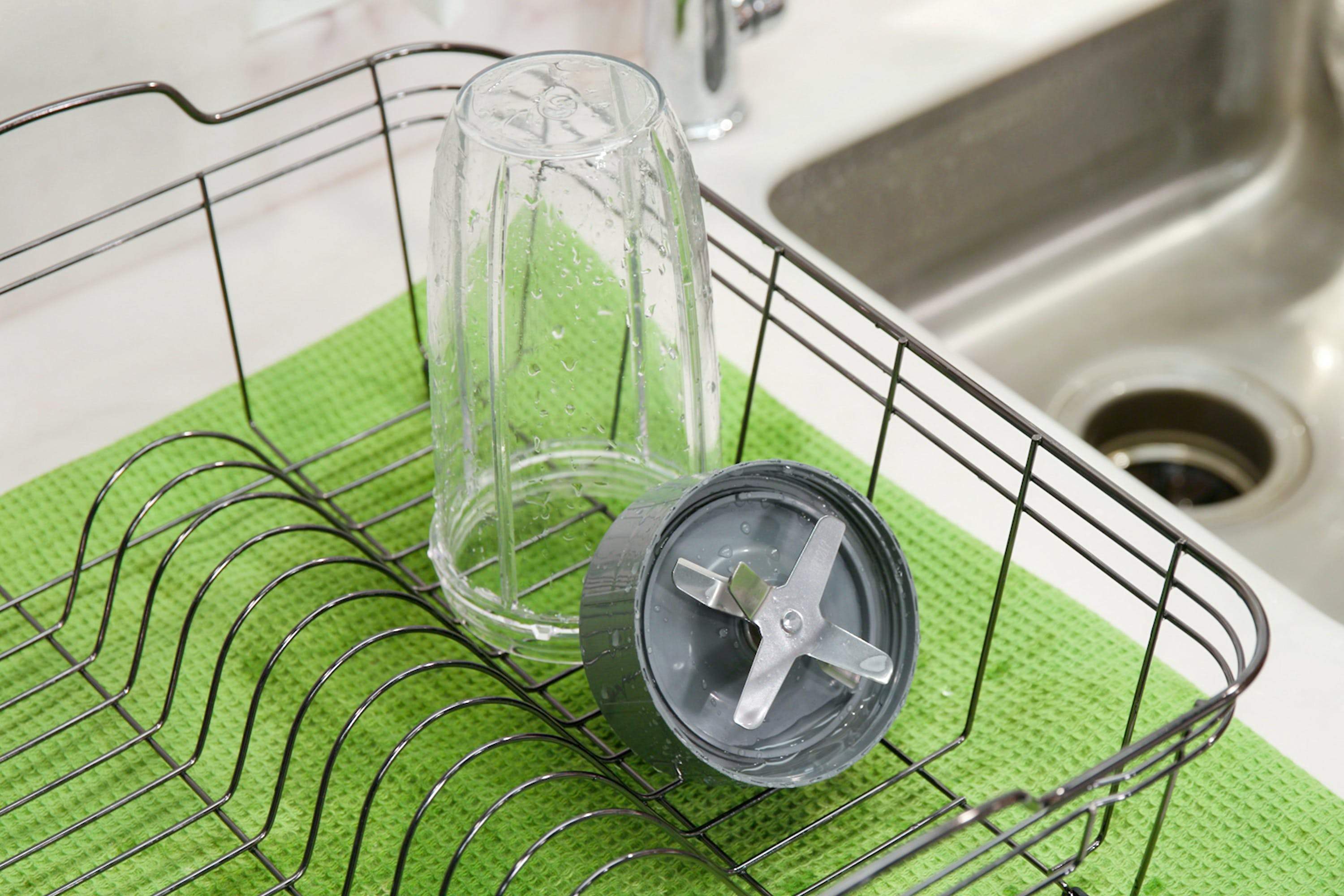You know the in-flight safety spiel: put on your oxygen mask first. There’s a reason our flight attendants instruct us to do that. The best way we can help others is by taking care of ourselves. And while this a good metaphor for the importance of self-care, it can be tough for many women to implement – even before emergencies strike.
Nourishing your body with quality nutrition is one of the best forms of self-care. In an era when you’ve perhaps learned to fear food and feeding your body too much, we often overlook the fact that food is your fuel and can work on your side. It can encourage your brain to buzz at optimal levels, help ward off life-threatening chronic diseases, and boost your immunity. Most importantly, it can give you the strength and energy you need to do the things you want to do – like travel, keep up with the kids at the playground, launch a company, or run for office.
But, just like how style or music preferences evolve, so do nutrition needs. Certain key nutrients – at different phases of life – are important to keep you thriving.
Below are some key nutrients for women to keep in mind.
Calcium
One way to keep bones healthy is to feed them calcium; evidence shows that incorporating calcium into the diet – alongside vitamin D – is one of the best ways to preserve bone density and prevent bone fractures. Young girls typically need more calcium and vitamin D to help prevent osteoporosis later in life. And after menopause, lower levels of estrogen may increase your risk for osteoporosis. Aim to include three servings of calcium-rich foods each day. Examples include almonds, kale, calcium-fortified orange juice, yogurt, milk, or cottage cheese.
Iron
Iron deficiency is the most common nutrient deficiency in the United States; it is specifically of concern for women of childbearing age. When iron is lacking, red blood cells aren’t able to meet the oxygen demands of the body. And without adequate oxygen, muscle, brain, and other cells aren’t able to perform their best. We can get our iron from animal sources (like meat, poultry, or fish) or plant sources (like beans, peas, dark green leafy vegetables, and dried fruit). Since vitamin C increases iron absorption, aim to consume vitamin C-rich foods, such as citrus fruits, berries, tomatoes, bell peppers, and broccoli, alongside iron-rich foods. This is important for people relying on plant-based sources of iron, which is less readily absorbed by the body.
Folic Acid
Folic acid, the man-made form of folate, is especially important for women of childbearing age. Research shows folate or folic acid is important for a healthy pregnancy, reducing the risk of serious birth defects of the spine and brain, also known as neural tube defects. Folate-rich diets have also been associated with decreased risk of cardiovascular disease and can reduce the risk of developing folate-deficiency anemia. Sources include fortified orange juice, spinach, broccoli, peanuts, avocado, and enriched-grain products and fortified breakfast cereals.
Protein
Sarcopenia, the progressive loss of muscle mass and strength, is of particular concern as women age. Emerging research indicates that we may need more protein than previously thought to help maintain lean body mass and improve our ability to cope with illness or bodily stress. Yet, data indicate that protein intake declines as the years go on. To combat this, aim to have a good quality source of protein with each meal or snack. If you find this difficult to do, our plant-based protein powder is a great addition to any smoothie to help fill in any protein deficiency gaps.
Water
Your body is roughly 60 percent water, which has many essential tasks, including cushioning your joints and organs, transporting essential nutrients, maintaining internal temperature and electrolyte balance, and eliminating waste. While most of us know the importance of staying adequately hydrated, breastfeeding women need even more water than usual, too. For those who are nursing, aim to drink a glass of water every time you nurse and with each meal.
While women are out multitasking to the max, conquering a never-ending to-do list – or better yet, fulfilling their dreams – it’s more important than ever that they put their health and nutrient needs at the forefront. This starts with fueling up on nourishing foods: fruits, vegetables, whole grains, healthy fats, and quality proteins.
Nutritional information
Recipe: Creamy Green Strawberry Dream Serving in this recipe:1
- Calories: 236.6
- Total Fat: 3.6 g 5.5%
- Saturated Fat: 0.4 g 1.9%
- Cholesterol: 0 mg 0%
- Sodium: 358.7 mg 14.9%
- Total Carbs: 45.7 g 15.2%
- Dietary Fiber: 9.9 g 39.4%
- Sugar: 22.1 g
- Protein: 8.1 g 16.2%
- Vitamin A: 481.9% Vitamin C: 244.1%
- Calcium: 68.5% Iron: 26.1%
* Percent Daily Values are based on a 2,000 calorie diet. Your daily values may be higher or lower depending on your calorie needs.





















